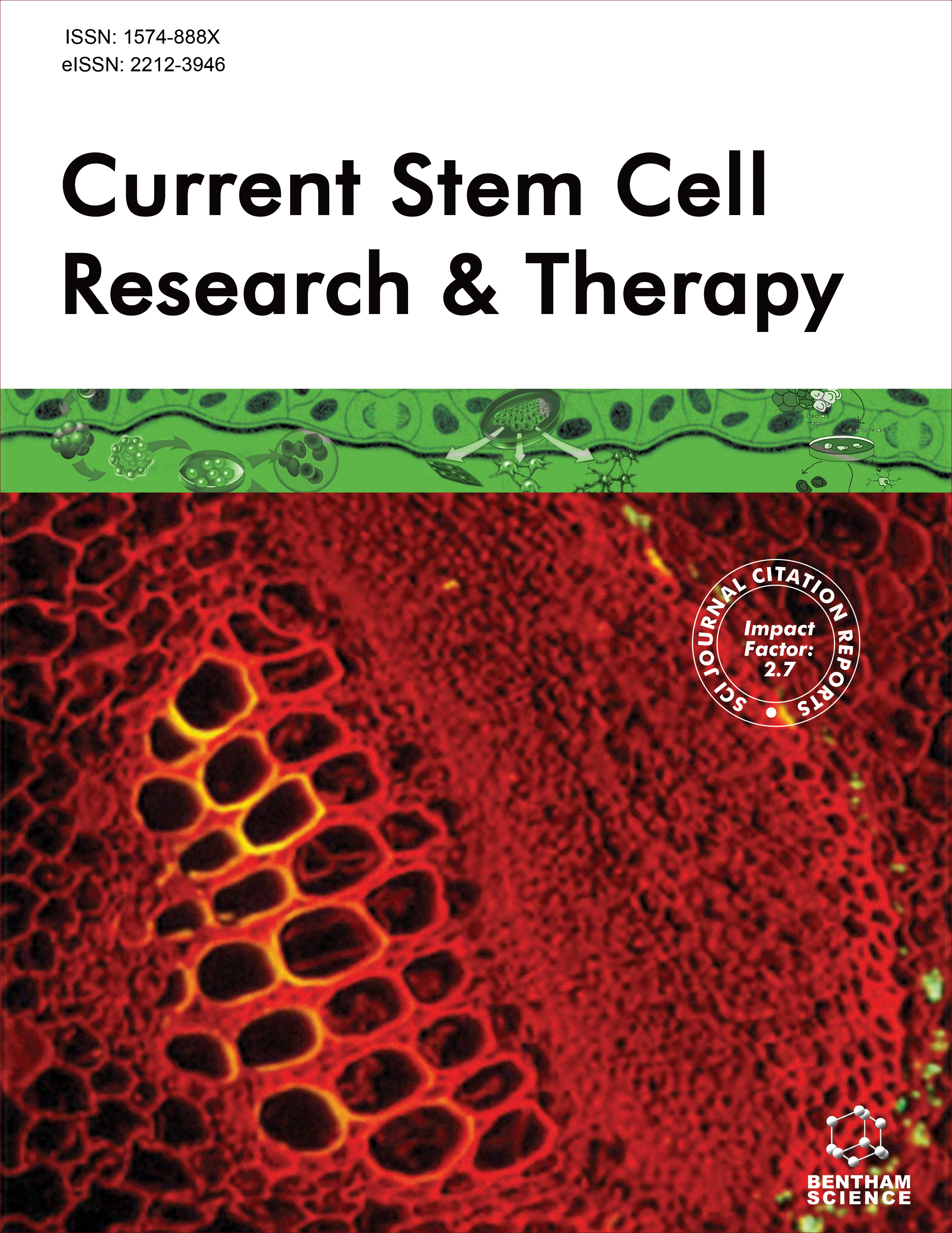
Full text loading...
Aging is a phenomenon which occurs over time and leads to the decay of living organisms. During the progression of aging, some age-associated diseases including cardiovascular disease, cancers, and neurological, mental, and physical disorders could develop. Genetic and epigenetic factors like microRNAs, as one of the post-transcriptional regulators of genes, play important roles in senescence. The self-renewal and differentiation capacity of mesenchymal stem cells makes them good candidates for regenerative medicine.
The objective of this study is to evaluate senescence-related miRNAs in human MSCs using bioinformatics analysis.
In this study, the Gene Expression Omnibus (GEO) database was used to investigate the senescence-related genome profile. Then, down-regulated genes were selected for further bioinformatics analysis with the assumption that their decreased expression is associated with an increased aging process. Considering that miRNAs can interfere in gene expression, miRNAs complementary to these genes were identified using bioinformatics software.
Through bioinformatics analysis, we predicted hsa-miR-590-3p, hsa-miR-10b-3p, hsa-miR-548 family, hsa-miR-144-3p, and hsa-miR-30b-5p which involve in cellular senescence and the aging of human MSCs.
miRNA mimics or anti-miRNA agents have the potential to be used as anti-aging tools for MSCs.

Article metrics loading...

Full text loading...
References


Data & Media loading...

